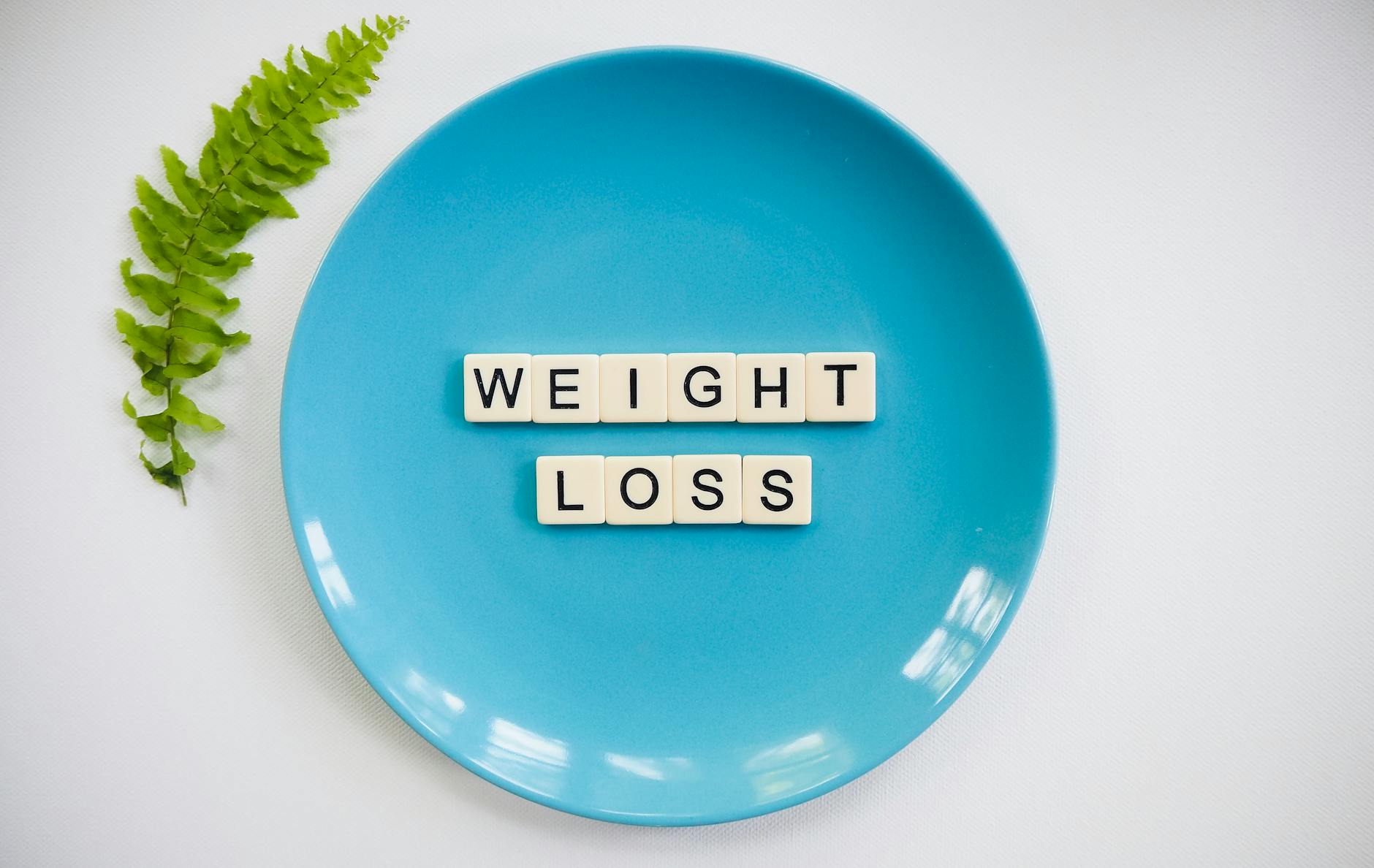As someone who’s lost over 100 pounds and happens to be an Agile evangelist, I can’t help but notice the parallels between losing weight and Agile methodologies. Confused? Stay with me—I promise it’ll make sense.
Agile, at its core, is often defined as a methodology that relies on small, incremental steps to deliver value—whether that’s working software, business outcomes, or something else entirely. After each iteration, there’s typically a retrospective to reflect on what went well, what didn’t, and how to improve going forward. Then comes planning the next sprint, with new goals aligned to those insights.
Sound familiar? It should—it’s a framework for progress that can be applied to so much more than software development.
The Agile Weight Loss Connection
When I think back to my weight loss journey, I realize I unintentionally followed an Agile-like approach. I set small, achievable goals to deliver a specific “value” (losing pounds and becoming healthier). After each “iteration” (a day, a week, or even a month), I’d reflect on what went well—what foods, exercises, or habits were working—and adjust where necessary before setting my next goal.
It never clicked at the time, but now it’s so obvious: this was Agile in action.
For example:
• Daily Stand-Ups: My morning weigh-ins served as a daily check-in. I’d think about what I ate or how active I was the day before and plan for the day ahead.
• Retrospectives: I’d mentally reflect on what worked (e.g., cutting sugar, walking more) and what didn’t (e.g., overeating during a social gathering).
• Iteration Goals: Instead of focusing on a massive end goal like losing 100 pounds, I focused on incremental goals—losing 10 pounds, trying a new exercise, or eating Whole30-compliant meals for 30 days.
By focusing on these small, iterative steps, I stayed motivated, made progress, and adapted as needed.
Agile Principles for Personal Goals
Agile isn’t just for software. The principles can be applied to weight loss, saving money, career growth, or almost anything else. Here’s how you can adapt Agile for your own goals:
1. Set Small Goals: Break your big goal into manageable chunks. For weight loss, this might mean focusing on 5 or 10 pounds at a time. For saving money, aim for a specific amount per month.
2. Check In Daily: Reflect on what you did yesterday and plan for today. Did you stay on track? What adjustments do you need to make?
3. Inspect and Adapt: Have regular “retrospectives” with yourself. What’s working? What’s not? Be honest and willing to pivot.
4. Plan for What’s Next: After every success (or failure), set a new goal and move forward.
It sounds simple—and it is—but it’s also incredibly effective.
Final Thoughts
Whether it’s weight loss, financial goals, or career growth, adopting an Agile mindset can help you stay focused, motivated, and adaptable. The beauty of Agile is its flexibility—it’s not a rigid system but a framework that encourages continuous improvement, reflection, and progress.
So, what do you think? Am I onto something here, or am I just overthinking this whole Agile thing? Have you ever applied Agile principles to personal goals? Let me know in the comments—I’d love to hear your thoughts!
Until next time,
–Sean

Leave a Reply